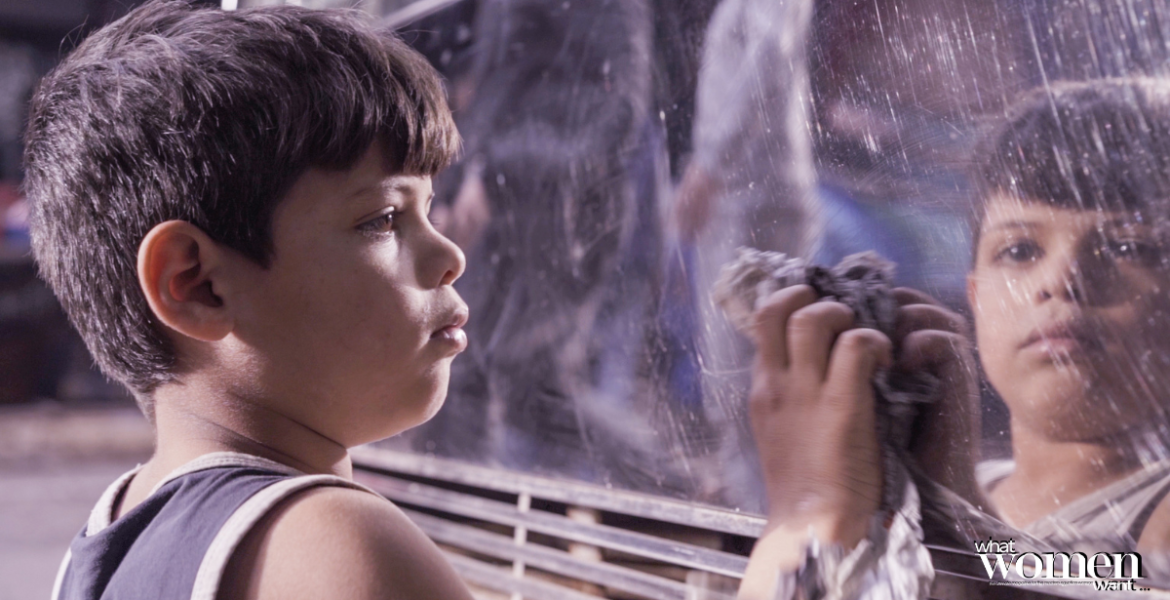In The Shadow Of Beirut, directed by Stephen Gerard Kelly and Garry Keane, is a documentary that provides a voice to a group of people who have been silenced for many years.
The slum districts of Sabra and Shatila are two Lebanese towns on the outskirts of Lebanon’s capital, Beirut. It is where individuals have been seeking refuge for generations. These towns are lawless and lack any governmental supervision. Currently, It is home to over 30,000 stateless people. Over the span of four years, Kelly and Keane chronicle the stories of four diverse families who have different narratives but live through similar struggles; An eight-year-old boy who ransacks through garbage bins to support his family, who fled from Syria; a devoted father battling his drug addiction; another father who imprisons his teenage daughter for fear of what might happen to her, and a Romany family with a child suffering from a skin disease. The unique aspect of the film, however, is the power of these individual’s love.
A Beautiful Film With A Message:
The film did a wonderful job of conveying the ever-growing problems in the area. The towns have grown more and more crowded, especially since the start of the Syrian war. They have no access to sources; no running water or reliable electricity. The place is unclean, with open sewers. Due to easy access to drugs, it is growing more dangerous every day. The filmmakers gain the trust of their subjects discreetly and sensitively, allowing them to open up to share their stories bravely and confidently.
Despite the huge amount of struggle and grief, the protagonists are able to be resilient and hopeful. The brilliant editor Iseult Howlett does an incredible job of making the film into a concrete emotional story. She gives the film a unique flair that fully services the story being told. She can tell different stories and string them into one narrative that is cohesive and packs an emotional punch.
In The Shadow Of Beirut holds a mirror up to a desperate part of the world, without injecting geo-politics. It allows the viewers to feel, understand, and sympathize.

